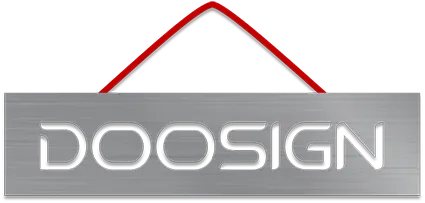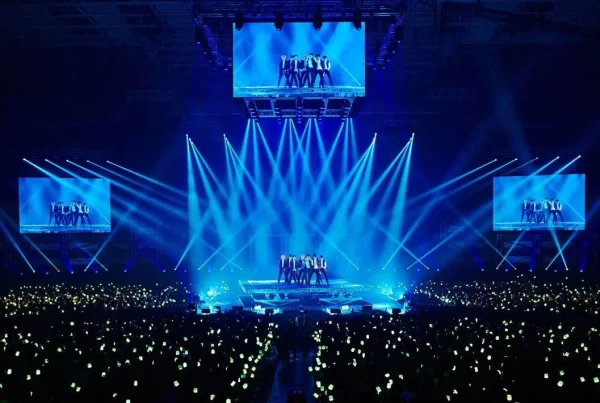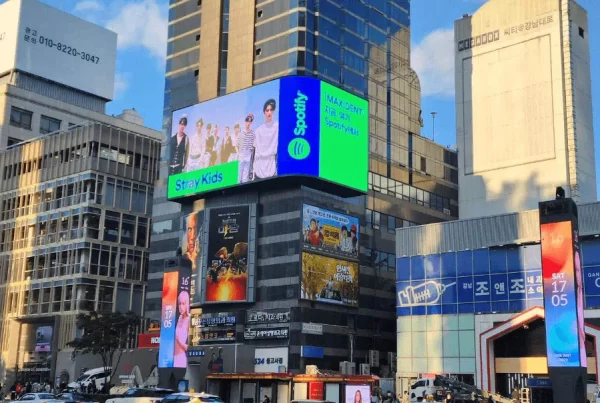
Introduction:
Outdoor LED displays often face the scorching heat of summer, with temperatures soaring to as high as 38°C or 35°C. Despite these extreme conditions, LED display screens are expected to work tirelessly. In this article, we will explore how LED displays handle high-temperature tests, focusing on three crucial aspects that ensure their reliability in such demanding environments.
1. Selecting High-Quality Materials:
LED displays comprise several essential components, including the mask, circuit board, and bottom case. To withstand high temperatures and other environmental factors, choosing superior materials is paramount. Here’s how the components are fortified:
a. Mask and Bottom Case: Premium PC fiberglass material with flame-retardant properties is used for the mask and bottom shell, ensuring durability and safety.
b. Circuit Board: The circuit board is coated with black conformal paint, providing protection against weathering and corrosion. This safeguard is essential for the longevity of the LED display.
2. Tackling Heat Dissipation:
High temperatures, especially in large LED displays, can lead to increased heat generation, which can be detrimental to the screen’s performance. To address this challenge, efficient heat dissipation measures are implemented:
a. Innovative Design: The design of the LED display incorporates elements like a hollow structure and high-density, precision-engineered circuit boards. This design facilitates better airflow and heat dissipation.
b. Macro-Permeable Design: The interior of the LED display adopts a macro-permeable design that prevents rainwater accumulation and the risk of short circuits. By minimizing internal humidity, the LED display can operate more reliably.
c. No Fans: To reduce the load on the LED circuit, no fans are added. This approach not only conserves energy but also enhances the screen’s efficiency.
3. Installation Standards:
Proper installation is critical to ensure the safety and performance of LED displays, especially in high-temperature conditions. The following installation guidelines should be adhered to:
a. Manufacturer Guidance: LED display manufacturers should provide comprehensive installation support to guarantee a secure setup. This includes ensuring correct polarity connections and firmly established circuit connections.
b. Fire Safety: To mitigate the risk of short circuits, flammable materials around the LED display must be cleared, maintaining fire safety standards.
c. Regular Inspection: Scheduled inspections by professional and technical personnel are essential to monitor and maintain the LED display’s condition, ensuring optimal performance even in high temperatures.
LED display screen wholesaler/manufacturer
Doosign is a LED display screen brand owned by Shenzhen Doosign Technology. We built our reputation based on our high-quality devices including LED Posters, LED digital signage, etc. Ultra lightweight, intelligent control!
Conclusion:
Outdoor LED displays face formidable challenges during hot summer weather. However, with the right choice of materials, innovative heat dissipation solutions, and meticulous installation standards, LED displays can withstand the heat and continue to deliver stunning visuals without compromising safety. These measures collectively ensure the longevity and reliability of LED displays, making them a reliable choice for various applications, even in scorching summer conditions



